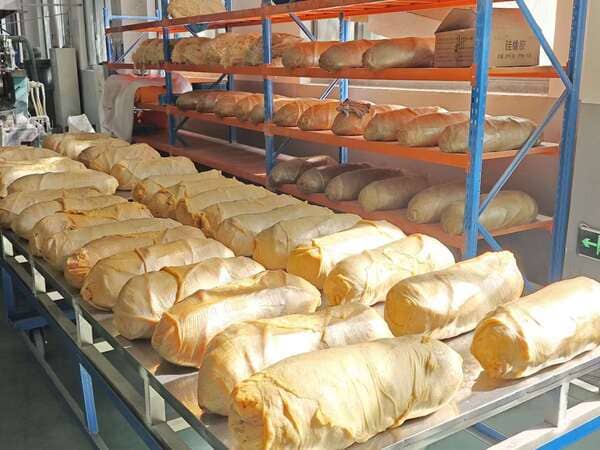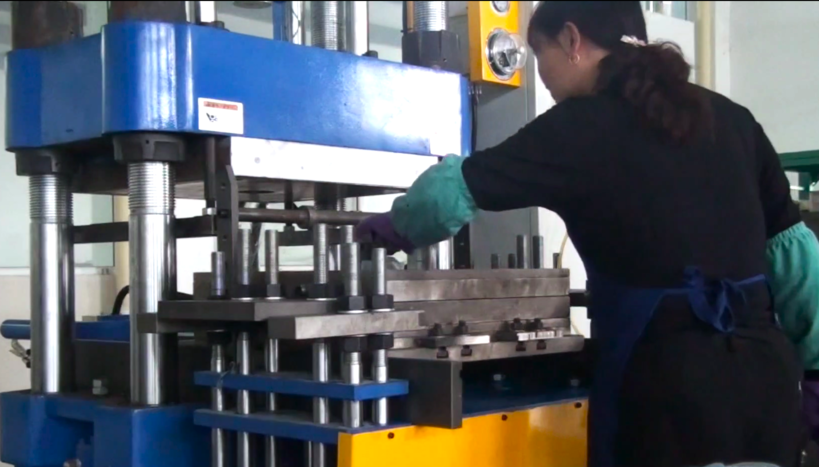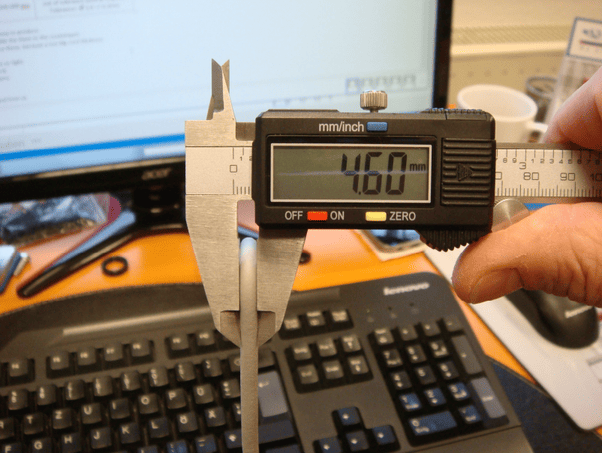Rubber is a versatile material used in everything from automotive parts to industrial products. But how is it made? Let’s take a deeper look at the manufacturing process of rubber.
The manufacturing of rubber involves several key stages, from raw material preparation to curing. This process can vary depending on whether natural or synthetic rubber is being produced. Let’s explore the steps in detail.
Step 1: Raw Material Preparation
The rubber manufacturing process starts with the collection and preparation of raw materials. Natural rubber1 is sourced from the sap of rubber trees, while synthetic rubber is derived from petrochemical products.
Raw materials like latex from rubber trees or monomers for synthetic rubbers are the foundation of the manufacturing process.

- Natural Rubber (NR): Derived from the Hevea Brasiliensis tree, the sap (latex) is collected and processed into solid rubber.
- Synthetic Rubber: Various types of synthetic rubbers, like SBR (Styrene-Butadiene Rubber), NBR (Nitrile Butadiene Rubber), and EPDM (Ethylene Propylene Diene Monomer), are synthesized using petrochemical products.
Step 2: Compounding
Compounding2 is the process of blending raw rubber with additives to achieve specific performance characteristics. The key components used during compounding include:
- Vulcanizing agents (e.g., sulfur)
- Plasticizers (to improve flexibility)
- Carbon black (for strength and durability)
- Fillers (such as silica)
- Antioxidants and stabilizers
Compounding ensures the rubber has the right balance of strength, elasticity, and other desirable properties for its intended application.
The compounding process ensures the rubber's chemical composition is optimized for the end-use. For example, NBR compounds are designed with high oil resistance, while EPDM compounds are formulated to withstand weathering and ozone exposure.
Types of Additives:
| Additive | Function |
|---|---|
| Sulfur | Vulcanization3 agent for hardening |
| Carbon Black | Reinforcement and durability |
| Plasticizers | Improve flexibility |
| Antioxidants | Prevent degradation and cracking |
Step 3: Mixing and Milling
Once the rubber is compounded, the material undergoes a mixing phase where it is blended in a rubber mill or Banbury mixer. The goal is to ensure that the additives are thoroughly distributed throughout the rubber.
Mixing and milling ensure the consistency of the rubber compound. This phase helps blend all ingredients into a uniform consistency.
The mixing process uses heat and pressure to create a homogeneous mixture. This step is crucial to ensure the rubber's final performance is reliable, particularly for industrial applications where uniformity is key.
Step 4: Shaping and Molding
Once the rubber has been mixed and milled, it’s ready to be shaped into the desired form. This can be achieved through various techniques, depending on the final product’s requirements:
- Extrusion: The rubber compound is forced through a die to create continuous shapes like tubes or gaskets.
- Compression Molding: Rubber is placed in a mold, and heat and pressure are applied to form the shape.
- Injection Molding: Similar to compression molding, but rubber is injected into the mold under pressure for precise shapes.
Shaping and molding are critical for achieving the desired product forms, whether in the shape of hoses, gaskets, or O-rings.
The choice of molding technique depends on the complexity of the design and the scale of production. Injection molding is commonly used for precision parts like O-rings or seals, while compression molding is better suited for larger parts or lower-volume production.
Step 5: Vulcanization (Curing)
Vulcanization, or curing, is the process of heating rubber with sulfur to cross-link the polymer chains, giving the rubber its final strength, elasticity, and durability.
Vulcanization is the key process that transforms rubber into a flexible, durable material with the required hardness and performance properties.
During vulcanization, sulfur atoms form cross-links between polymer chains, creating a three-dimensional network that enhances rubber's properties. The temperature and duration of vulcanization can vary, with typical curing temperatures ranging from 140°C to 180°C.
Common Vulcanization Methods:
- Hot Air Vulcanization (HAV): Suitable for rubber profiles and hoses.
- Autoclave Vulcanization: Used for more complex or large parts.
- Pressure Vulcanization: Applied to O-rings and seals for consistent hardness.
Step 6: Finishing and Quality Control
After vulcanization, the rubber undergoes various finishing processes, such as trimming, washing, and surface treatments. Quality control is an essential part of this phase to ensure the rubber parts meet the required specifications.
The final product is carefully checked for defects, and surface treatments or coatings may be applied to enhance its performance in specific environments.
Quality control involves checking for uniformity, hardness, and physical properties like tensile strength and compression set. Parts that fail the quality tests are rejected, ensuring only high-quality rubber products are delivered to the market.
Final Inspection Parameters:
| Property | Test Method |
|---|---|
| Tensile Strength | ASTM D412 |
| Compression Set | ASTM D395 |
| Hardness | Shore A or Shore D testing |
Conclusion
The manufacturing process of rubber is a complex series of steps that ensure the final product has the right characteristics for its intended use. From raw material preparation to vulcanization, each stage is crucial to producing durable, reliable rubber parts.
Footnotes:
Explore the fascinating journey of Natural rubber from tree to product, understanding its unique properties and uses. ↩
Discover how compounding blends raw rubber with additives to achieve desired characteristics, crucial for various applications. ↩
Learn about vulcanization, the critical step that transforms rubber into a durable material, enhancing its performance and longevity. ↩









